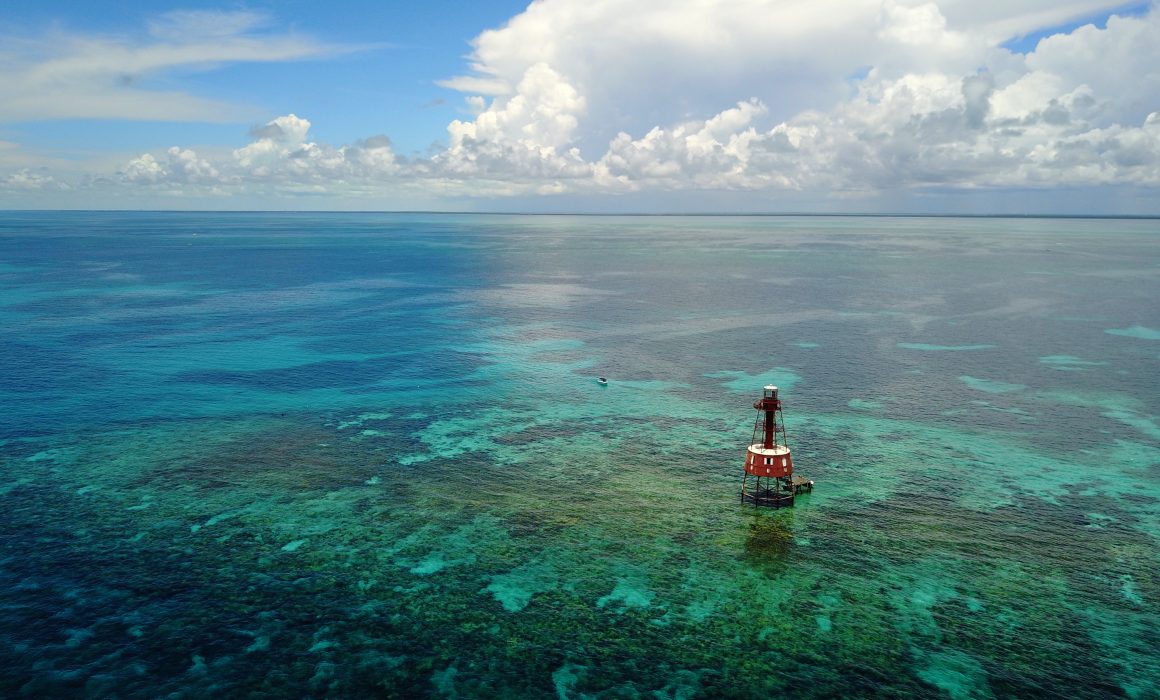Coral Research Funded by HWH Foundation Published in Marine Biology Journal
Originally published in Marine Biology. Original article available here.
Abstract
Corals with high levels of total lipids are known to have increased resilience potential to bleaching, and lipid class management may shed further light on why some species are more resilient to, or are able to acclimatize to, annual bleaching stress. Here, we measured the lipid class composition of three species of Caribbean corals (Porites astreoides, Porites divaricata, and Orbicella faveolata) collected in July 2009 near Puerto Morelos, Mexico (20° 50′ N, 86° 52′ W) that were experimentally bleached 2 years in a row. Our results show that single bleaching can significantly alter lipid class composition in all species, while repeated bleaching can result in stable (i.e., acclimatized) or even more altered (i.e., not acclimatized) lipid class composition depending on the species. Specifically, P. divaricata and O. faveolata both had altered lipid class composition with losses in storage lipids following single bleaching, but maintained lipid class composition following repeated bleaching stress. However, both single and repeated bleaching altered the lipid class composition in P. astreoides, with changes persisting for the 6 weeks after repeated bleaching stress. This study provides evidence that lipid class management is part of the suite of variables associated with coral resilience, that P. divaricata and O. faveolata acclimatize their lipid class management in response to repeated bleaching stress, but that P. astreoides does not. Corals like P. divaricata and O. faveolatamay, therefore, be more suitable for coral restoration efforts since they are more likely to persist under chronic repeat bleaching scenarios predicted for later this century.

